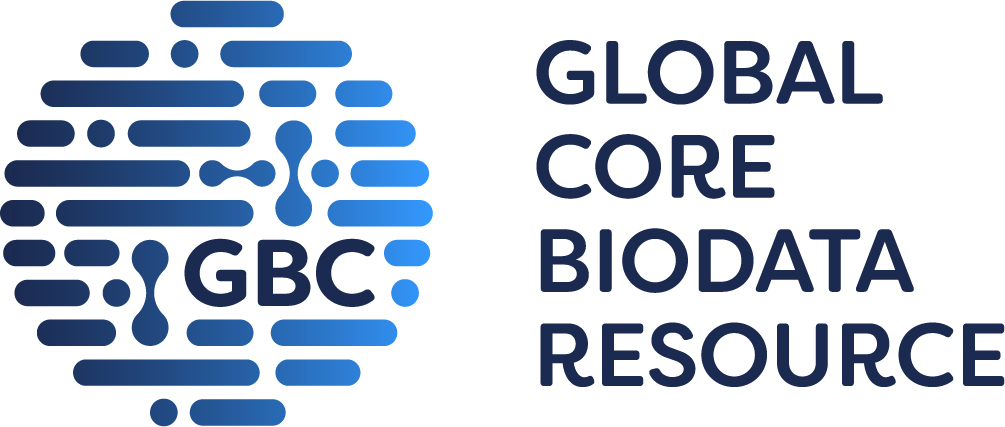
GtoPdb is requesting financial support from commercial users. Please see our sustainability page for more information.
Uveitis

GtoPdb Disease Summaries
This section gives an overview of the disease, and where available shows the following:
- Synonyms: Shows known synonyms for the disease.
- Description: Gives a basic description/definition of the disease.
- Database Link: External links to the same disease at the Disease Ontology, OMIM or Orphanet sites.
- Immunopharmacology comments: General comments about the target's role in immunopharmacology, provided by GtoImmuPdb curators.
- Associated with: Counts are displayed for the total targets the disease is associated with in GtoPdb. The counts of targets and ligands of immunological relevance associated to the disease are also shown.
More information can be found in the help pages.
✖| Disease ID: | 1198 | |
| Name: | Uveitis | |
| Associated with: | 0 target | |
| 6 immuno-relevant ligands |  |
|
| Description |
| Inflammation of the uvea or uveal tract; includes anterior uveitis, intermediate uveitis and posterior uveitis. |
| Database Links |
|
Disease Ontology:
DOID:13141 |
Targets

GtoPdb Disease Summaries - Targets
Click on the target name to link to its detailed view page
Where available, information is display on the role of the target in the disease; drugs which target the disease and their therapeutic use and side-effects.
If there is mutation data curated in GtoPdb this is indicated, with a link back to the appropriate section on the target detailed view page
Immuno ligand interactions - If available, a table of immuno-relevant ligands is shown. These ligands have been curated as having an association to the disease and possess interaction data with the target in GtoPdb. The approval status of the ligand is shown, along with curator comments and an indication of whether the target is considered the primary target of the ligand.
More information can be found in the help pages.
✖No target related data available for Uveitis
Ligands

GtoPdb Disease Summaries - Ligands
Click ligand name to view ligand summary page
- Approved: If the ligand is an approved drug this is indicated, along with approval bodies.
- Immuno: Immuno icon indicates the ligand is immuno-relevant
Click the arrow in the final column to expand comments
- Immuno Disease Comments: Curatorial comments specifically added as part of GtoImmuPdb. They give more information on the association between the ligand and disease in the context of immunopharmacology.
- Clinical Use: General clinical comments relating to the ligand and may not necessarily be specific to the disease in question. With hyperlink to more details on the ligand summary pages.
- Bioactivty Comments: Curatorial comments specifically about the compounds biological activity - with hyperlink to more details on the ligand summary pages.
More information can be found in the help pages.
✖| Key to terms and symbols | Click ligand name to view ligand summary | Click column headers to sort | |||||||||||||||||||||||||||||||||||||||||||||||||||||||||||||||||
|
|||||||||||||||||||||||||||||||||||||||||||||||||||||||||||||||||||
References
1. David M, Akerman L, Ziv M, Kadurina M, Gospodinov D, Pavlotsky F, Yankova R, Kouzeva V, Ramon M, Silverman MH et al.. (2012) Treatment of plaque-type psoriasis with oral CF101: data from an exploratory randomized phase 2 clinical trial. J Eur Acad Dermatol Venereol, 26 (3): 361-7. [PMID:21504485]
2. Della-Torre E, Campochiaro C, Cavalli G, De Luca G, Napolitano A, La Marca S, Boffini N, Da Prat V, Di Terlizzi G, Lanzillotta M et al.. (2020) Interleukin-6 blockade with sarilumab in severe COVID-19 pneumonia with systemic hyperinflammation: an open-label cohort study. Ann Rheum Dis, 79 (10): 1277-1285. [PMID:32620597]
3. EMA. Rare disease (orphan) designations- gevokizumab. Accessed on 02/04/2018. Modified on 02/04/2018. European Medicines Agency, http://www.ema.europa.eu/ema/index.jsp?curl=pages/medicines/landing/orphan_search.jsp&mid=WC0b01ac058001d12b&source=homeMedSearch&keyword=gevokizumab&isNewQuery=true
4. Fishman P, Cohen S, Bar-Yehuda S. (2013) Targeting the A3 adenosine receptor for glaucoma treatment (review). Mol Med Rep, 7 (6): 1723-5. [PMID:23563604]
5. Issafras H, Corbin JA, Goldfine ID, Roell MK. (2014) Detailed mechanistic analysis of gevokizumab, an allosteric anti-IL-1β antibody with differential receptor-modulating properties. J Pharmacol Exp Ther, 348 (1): 202-15. [PMID:24194526]
6. Masat L, Haak-Frendscho M, Chen G, Horwitz A, Roell M. (2009) IL-1β binding antibodies and fragments thereof. Patent number: US7531166. Assignee: Xoma Technology, Ltd. Priority date: 27/02/2015. Publication date: 12/03/2010.
7. Roell MK, Issafras H, Bauer RJ, Michelson KS, Mendoza N, Vanegas SI, Gross LM, Larsen PD, Bedinger DH, Bohmann DJ et al.. (2010) Kinetic approach to pathway attenuation using XOMA 052, a regulatory therapeutic antibody that modulates interleukin-1beta activity. J Biol Chem, 285 (27): 20607-14. [PMID:20410301]
8. Tajika T, Waki M, Tsuzuki M, Kida T, Sakaki H. (2011) Pharmacokinetic features of difluprednate ophthalmic emulsion in rabbits as determined by glucocorticoid receptor-binding bioassay. J Ocul Pharmacol Ther, 27 (1): 29-34. [PMID:21182429]
9. US FDA. Gevokizumab orphan drug designations. Accessed on 02/04/2018. Modified on 02/04/2018. FDA Orphan Drug Designations and Approvals, https://www.accessdata.fda.gov/scripts/opdlisting/oopd/listResult.cfm
10. Varani K, Padovan M, Govoni M, Vincenzi F, Trotta F, Borea PA. (2010) The role of adenosine receptors in rheumatoid arthritis. Autoimmun Rev, 10 (2): 61-4. [PMID:20691813]







